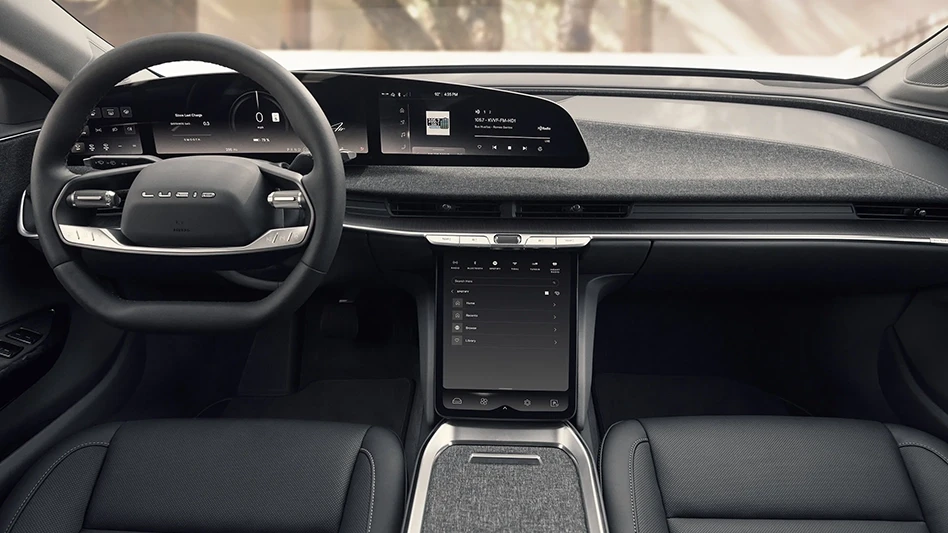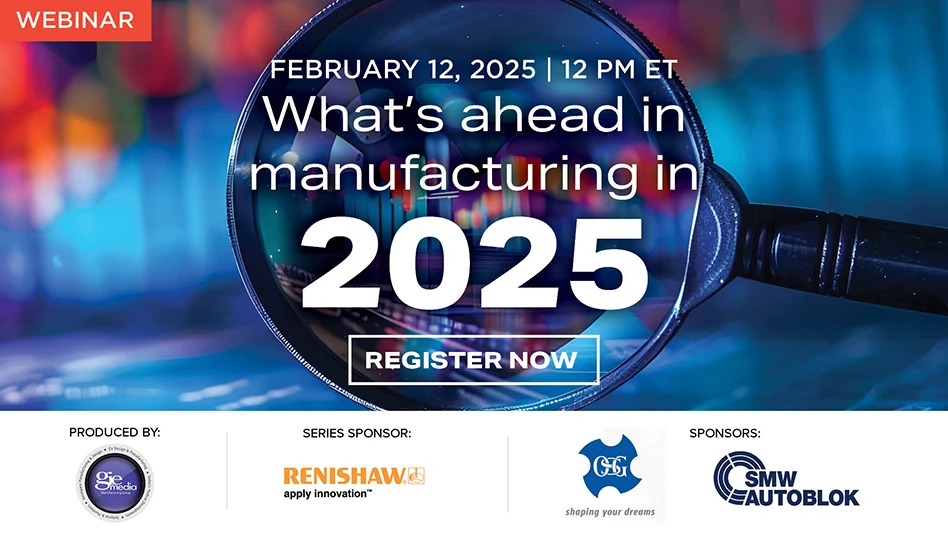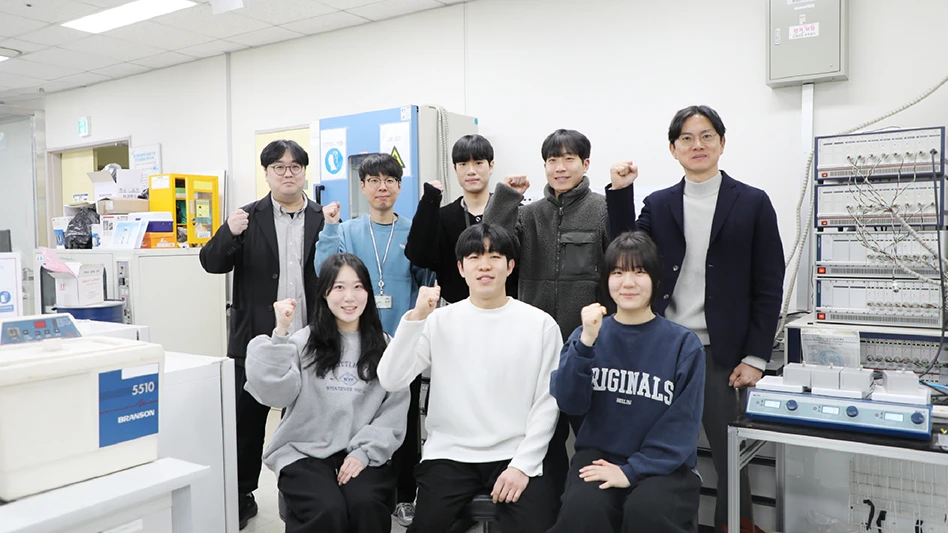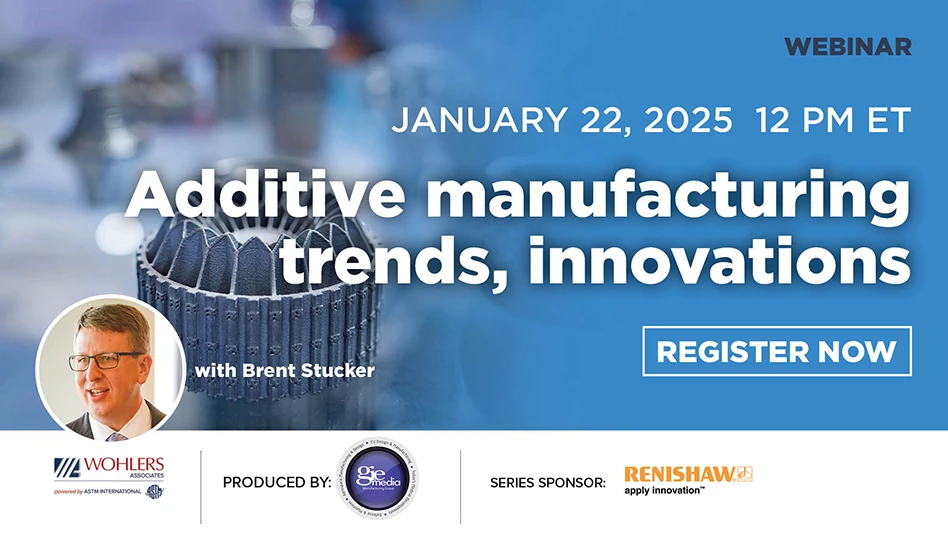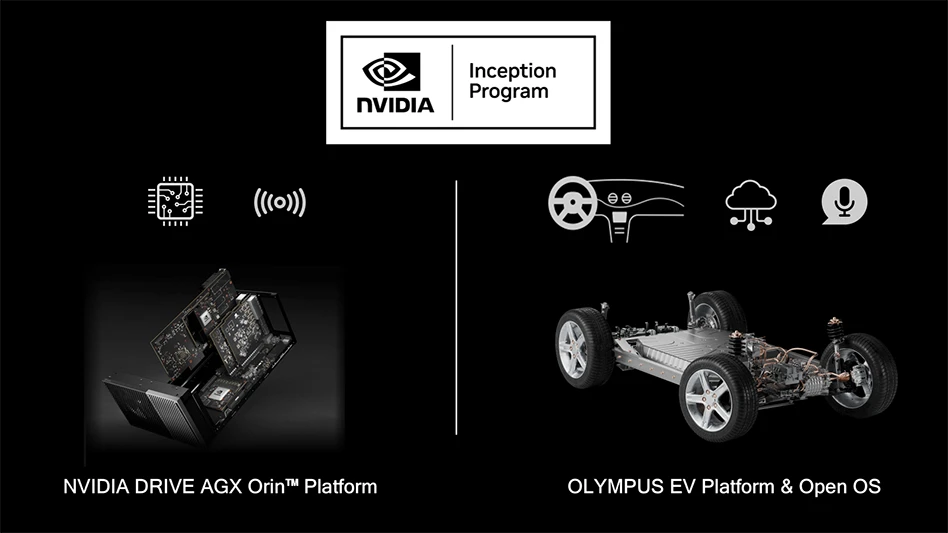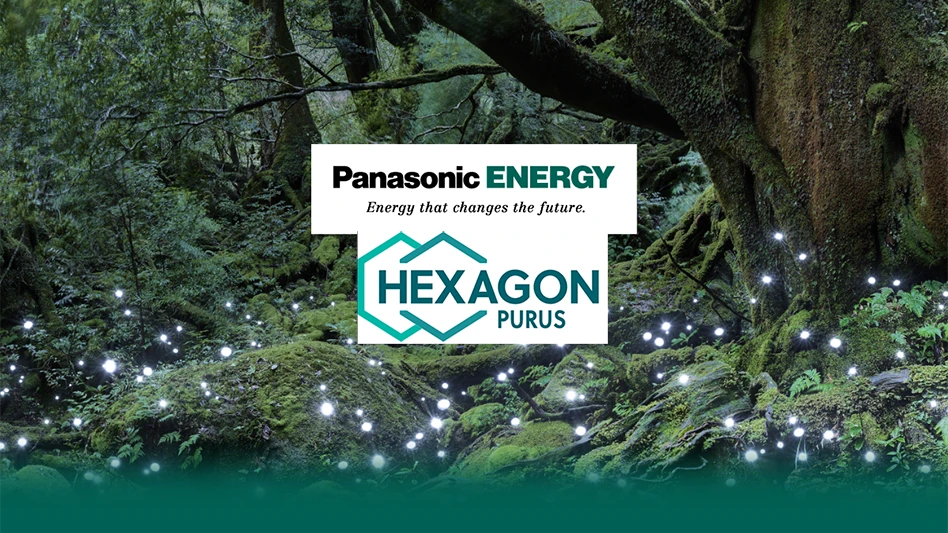
Panasonic Energy
Hexagon Purus Systems USA LLC, a subsidiary of Hexagon Purus ASA, a world leading manufacturer of zero emission mobility and infrastructure solutions, has signed a multi-year agreement for the supply of lithium-ion battery cells with Panasonic Energy Co Ltd, a global provider of innovative battery technology-based products and solutions. Panasonic will supply battery cells for Hexagon Purus’ proprietary battery systems, marking yet another important milestone for Hexagon Purus’ zero-emission heavy-duty offering in North America with battery system production initially slated for Kelowna, Canada.
The battery cells will be produced at Panasonic’s new facility in Kansas and will be compliant with the United States-Mexico-Canada (USMCA) trade agreement and are also expected to benefit from the Inflation Reduction Act of 2022 (IRA) incentives available for U.S. based producers of battery cells.
The supply of battery cells will commence in early 2026. As part of the supply agreement, Hexagon Purus will prepay approximately USD 43 million (approximately NOK 450 million) through 2025, subject to the achievement of certain milestones. This prepayment will secure battery cell capacity for Hexagon Purus out of Panasonic’s production facility in Kansas.
Driving energy transformation
“Securing our battery supply chain has been an important objective for Hexagon Purus to deliver on our customer contracts such as the recently announced distribution agreement with Hino to produce complete battery electric heavy-duty vehicles for the U.S. market,” says Morten Holum, CEO of Hexagon Purus. “Panasonic has been a pioneer in making zero emission mobility available to the mass market, and this, coupled with their reliability and focus on continuous innovation, make them the ideal partner for Hexagon Purus.”
“We are thrilled to announce this landmark agreement with Panasonic which further solidifies our leading battery system and vehicle integration offering in North America,” says Todd Sloan, EVP of Hexagon Purus. “The agreement with Panasonic is a strong validation of our technology and will provide us a solid competitive platform to deliver quality solutions to our customers.”
“Zero-emission mobility will continue to grow in significance over the next decade and this agreement with Hexagon Purus marks an important step for Panasonic’s global strategy as a provider of innovative battery-technology,” says Kazuo Tadanobu, CEO of Panasonic Energy. “Partnering with Hexagon Purus, a technology-leading provider of safe and reliable battery systems for zero-emission heavy duty trucking, will help us to drive the growth of the lithium-ion battery industry and accelerate the transition to zero-emission mobility."
To reach the 1.5°C ambition set by the Paris agreement back in 2015 the transportation sector is required to reduce emissions by 75% until 2050. In the U.S., both the Environmental Protection Act (EPA) and California Air Resources Board (CARB) have introduced proposals and regulations that addresses the need for further reductions in emissions in the transportation sector. In California, CARB has introduced a regulation for truck manufacturers (Advanced Clean Truck standard), and more recently, proposed a new regulation for fleet owners (Advanced Clean Fleet standard). Both regulations aim at reducing emissions and accelerate the adoption of zero-emissions vehicles (ZEVs) in the transportation sector in California. As part of both the Advanced Clean Truck (ACT) and the proposed Advanced Clean Fleet (ACF) regulations, the truck manufactures and fleet owners are required to have an incrementally higher ZEV content when selling or operating a fleet of trucks in California from 2024 onwards. The ACT regulation has already been adopted by five other states in the U.S. (Massachusetts, New Jersey, New York, Oregon, and Washington) and two more states are in the public process required to adopt (Colorado and Main).
The ACT requires amongst other that 5% of all new class 7 and 8 trucks sold in 2024 in California must be ZEV while new additions to fleets of class 7 and 8 trucks operating to and from intermodal seaports and railyards are required to be ZEV from 2024. The ACT regulation also requires 100% of truck manufacturers’ sales in 2040 to come from ZEVs, putting an effective end to sale of internal combustion engine trucks in California and incentivizes investments into infrastructure and supply chain.
There are approximately 1.8 million commercial trucks operating in California daily across a various set of classes including amongst other 219,000 class 7 and 8 trucks. According to CARB, the combined effect from the ACT and ACF regulations will lead to approximately 0.5 million ZEVs on the road by 2035 in California, increasing to 1.6 million in 2050.
Latest from EV Design & Manufacturing
- Neural Concept, OPmobility merge artificial intelligence and electric vehicle design through partnership
- MaxiCharger DC All-in-One Unit charges up to four electric vehicles simultaneously
- DEOGAM aims to go beyond battery recycling to reclaim energy itself
- MSI introduces electric vehicle charging technology at CES 2025
- Small Part, Sonic Perfection: Okuma LB EX Series
- Make More EV Parts For Less
- 5-Axis Technology. Four Wheels. Three Reasons to Choose Okuma
- Monash University commercializes rapid-charge lithium-sulfur battery technology
